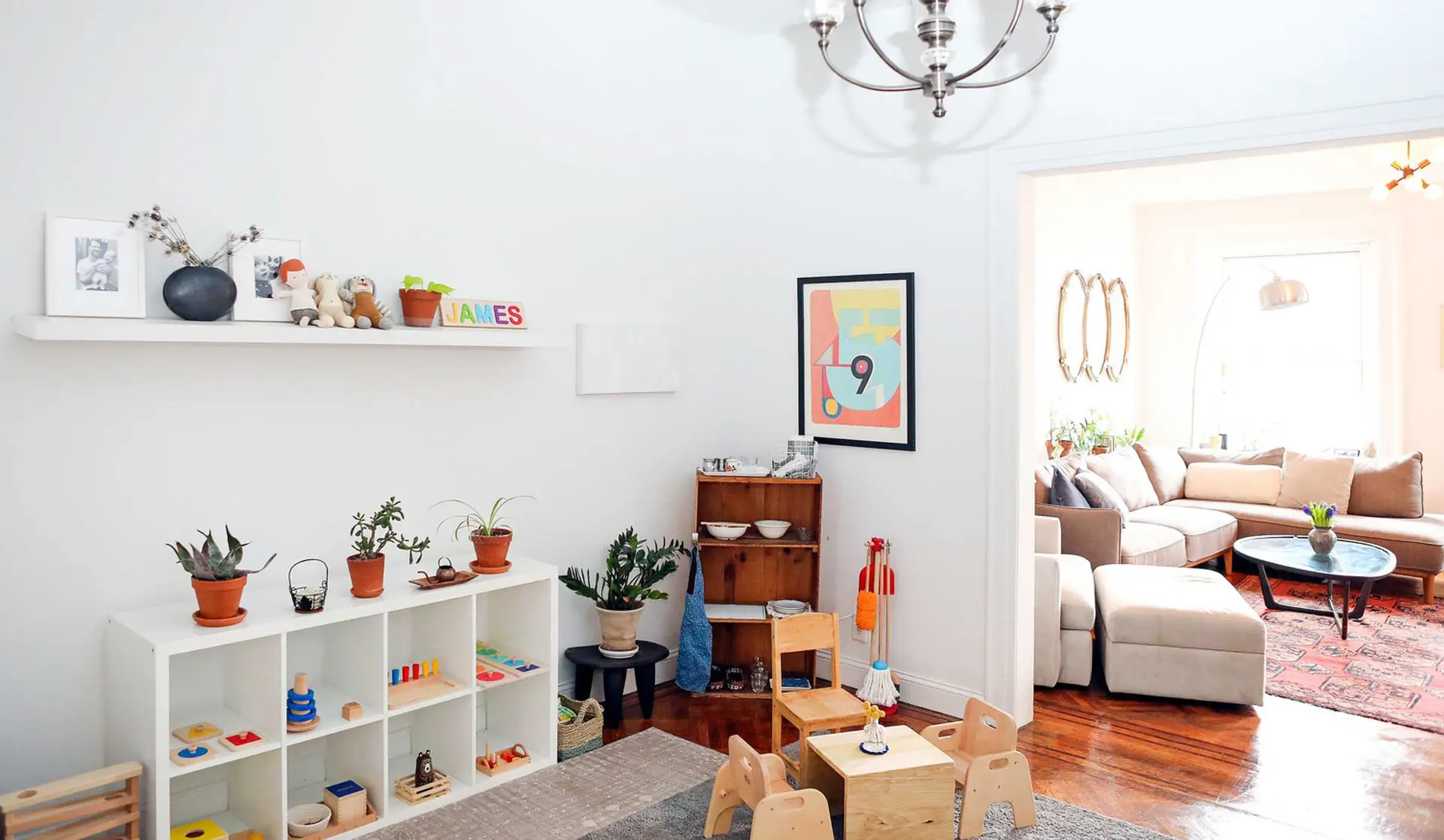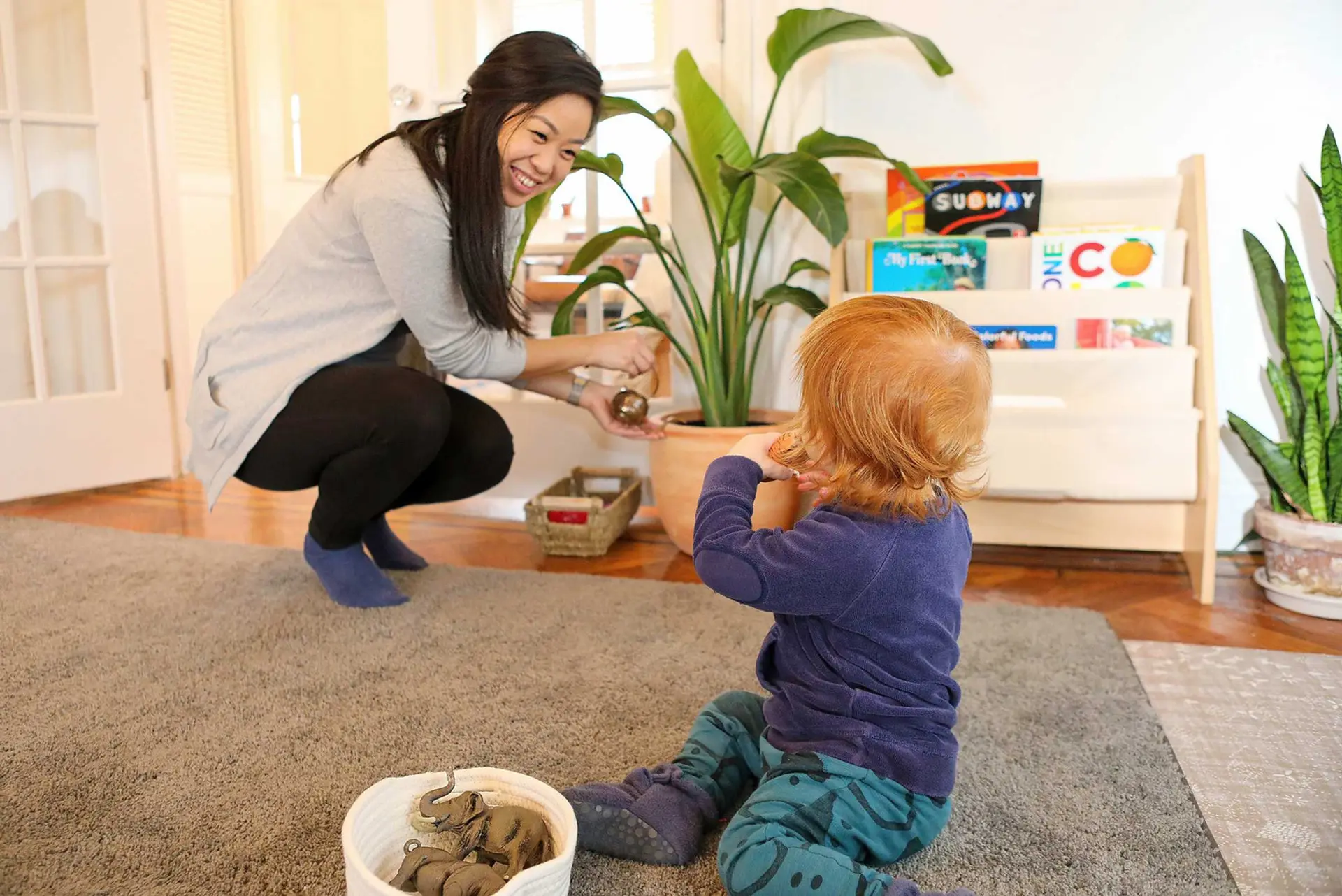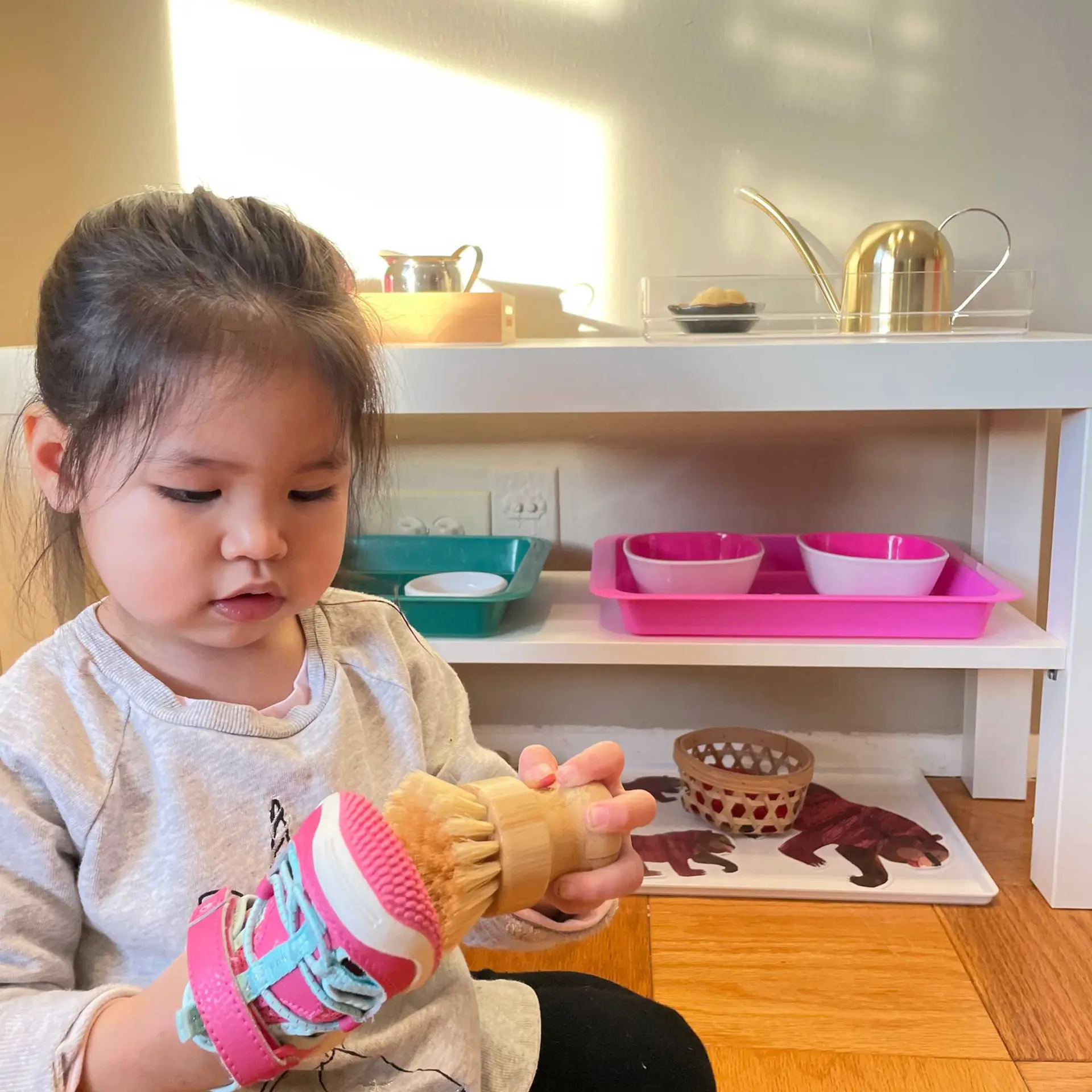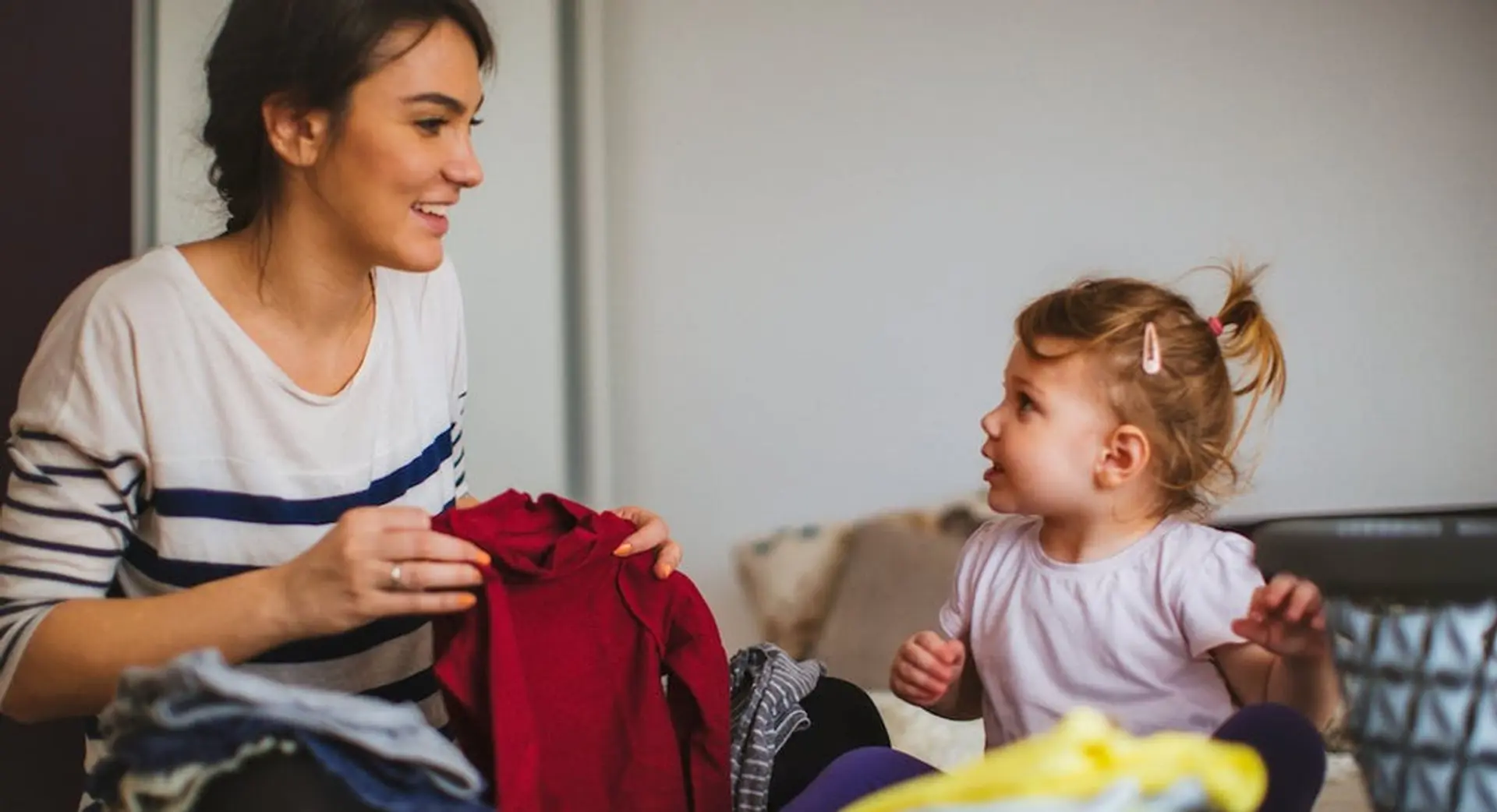The Montessori-at-Home Boom: How Parents Are Adapting the Method
For over a century, the Montessori method has been practiced in classrooms across the globe. Rooted in the philosophy of Dr. Maria Montessori, the approach emphasizes independence, hands-on learning, and respect for a child’s natural development. Traditionally reserved for early education centers and private schools, this method is now making its way into living rooms, kitchens, and backyard play areas.
Thanks to changing family dynamics and flexible learning environments, more parents are choosing to bring Montessori principles home. This growing trend, accelerated by the pandemic and sustained by shifting educational priorities, is redefining what modern parenting looks like.
Why Montessori Now?
First, many parents are rethinking traditional education. In the wake of school closures and distance learning, families discovered that home could be a rich learning environment. As they looked for ways to support their children’s growth at home, the Montessori method stood out.
Additionally, the method aligns well with values many parents already hold: minimalism, mindfulness, and respect for the child’s pace. Its emphasis on independence and intrinsic motivation also fits naturally with families seeking to reduce screen time and consumerism.
Adapting the Environment: Montessori’s First Rule
Montessori isn’t just a curriculum—it’s a way of thinking about space and structure. At the heart of this method lies the prepared environment. In Montessori schools, that means furniture and materials scaled to a child’s size and ability.
At home, parents are mimicking this by creating child-led spaces. Instead of towering toy boxes and cluttered desks, families are adding low shelves, baskets with rotating activities, and designated zones for play, learning, and self-care. Everything has its place, and children are encouraged to take responsibility for their environment.
Even a simple kitchen adjustment—like a stool near the sink or a child-sized pitcher for pouring water—can support independence and confidence.
Toy Rotation and Purposeful Play
Montessori toys are typically simple, made from natural materials, and designed to build one skill at a time. Rather than overwhelming children with noise and color, these tools encourage focus, exploration, and concentration.
To support this, many Montessori-at-home parents practice toy rotation. Only a few toys are available at a time, inviting deep engagement. Every few weeks, items are swapped out to maintain interest and reinforce developmental goals.
This intentional approach to playtime helps children build attention spans and encourages self-directed learning.
Routines That Promote Independence
Montessori parenting emphasizes routine—but not in a rigid sense. Rather than timed schedules, the focus is on predictability and flow.
For example, young children are encouraged to dress themselves, prepare snacks, or tidy their spaces with tools suited to their size. These everyday tasks build executive function skills and instill a sense of competence.
Instead of rushing to “get things done,” parents learn to slow down and allow children time to practice. The result? Kids become more self-reliant and less frustrated when faced with new challenges.
Following the Child
Another key Montessori principle is “follow the child.” This doesn’t mean letting children run the household. Rather, it means observing what interests them and using that curiosity to guide learning.
At home, this might look like setting up a small science station for a child fascinated by insects or offering beads and string to a toddler obsessed with fine motor tasks.
Because children are naturally curious, learning becomes joyful rather than forced. Parents are facilitators, not directors.
Balancing Structure and Freedom
While Montessori promotes freedom, it’s always within limits. At home, that balance can be tricky. Some parents worry about discipline without rewards or punishments. However, Montessori relies on natural consequences and respectful communication.
For instance, if a child spills water while pouring, they are encouraged to clean it up. The lesson is learned through action, not scolding. This approach builds accountability and avoids power struggles.
Moreover, boundaries are set. Children are free to choose, but only from options that are developmentally appropriate and safe.
The Rise of Montessori Subscription Boxes and DIY Kits
As interest in at-home Montessori grows, the market is responding. Subscription boxes with age-appropriate activities, guides, and tools are booming. These services make it easier for busy parents to offer Montessori-inspired play without having to research or shop extensively.
At the same time, social media and DIY culture are helping parents share homemade versions. From recycled material crafts to handmade sensory bins, creativity is thriving within the Montessori community.
Importantly, this shift is also helping make the method more accessible beyond private school settings.
Challenges of Montessori at Home
Of course, adopting Montessori at home isn’t always easy. It requires patience, consistency, and a shift in mindset. For parents used to managing behavior with quick fixes or relying on digital distractions, it can be an adjustment.
Additionally, space and budget can be limiting factors. While some families redesign entire rooms, others adapt with what they have—repurposing furniture or simplifying routines without buying anything new.
Ultimately, Montessori isn’t about perfection. It’s about presence, observation, and intention.
Long-Term Impact
Parents who’ve adopted the Montessori-at-home method report more than academic benefits. Children often show greater independence, resilience, and emotional regulation. They take pride in helping out and solving problems on their own.
Moreover, the parent-child relationship tends to shift. Power struggles give way to collaboration. Time together becomes richer, not just task-oriented.
In many ways, Montessori isn’t just about raising smart kids—it’s about raising capable, confident humans who feel empowered to contribute.
Final Thoughts: A Movement, Not a Trend
The Montessori-at-home boom isn’t just a passing trend—it reflects a deeper reevaluation of how children learn and grow. Parents are realizing that with the right approach, home can be a nurturing and empowering environment for lifelong learning.
By emphasizing independence, respect, and curiosity, families are finding more joy in the daily rhythm of parenting. And while Montessori classrooms still offer tremendous value, the real power lies in bringing its wisdom into everyday life.



